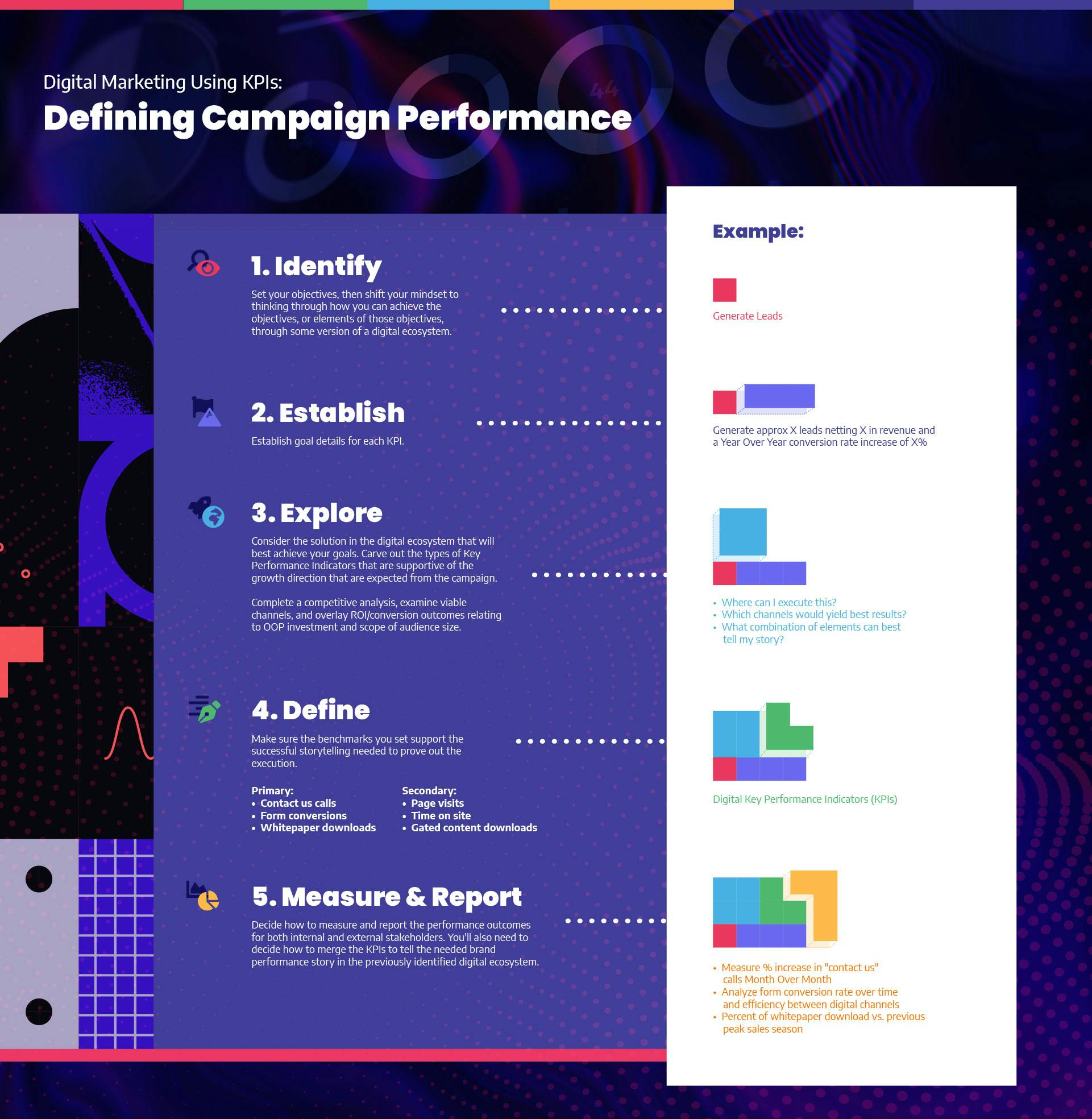5 years ago | Digital Advertising
Digital marketers are charged with not only determining a marketing strategy for their clients but also (and most importantly) making sure that strategy is successful.
Determining success in marketing is a multifaceted experience. Digital marketers have to learn to merge business strategy with marketing objectives by executing efforts across various marketing channels and using marketing tactics to make those channels successful.
Digital marketers employ tactics like native advertising, contextual programming, digital PR, paid and organic social, content marketing, email marketing, and more to get their brands noticed.
After a campaign is launched you will find there is a succession of data and results that are initially available. When combined with the longevity factor, those initial results will expectedly evolve over time painting a much different picture of success as the campaign matures in market.
How then do you know if your methods are working? Is the campaign a success during month one? Month 6? Month 12? How did you set out to define that picture of success and how it evolves over the duration of the campaign?" Well, like any other project, you set goals and markers along the way toward that goal that you can measure.
Asking the Right Questions on Success Pre-Launch
In digital marketing, these markers are called Key Performance Indicators, or KPIs. KPI marketing involves using metrics that you set up at the beginning of a campaign and then measure along the way to determine whether a project was successful or not.
Although many digital marketers are familiar with KPIs, many struggle when trying to determine which ones matter, as every campaign is different. But we can help you learn how to focus your KPIs by taking into consideration your business objectives, the project's solutions, how you can achieve them, which KPIs to measure, and how to measure them to ensure successful brand performance.
Start with Your Business Objectives: Think Macro
First off, consider your objectives for each project. There is no one-size-fits-all solution. However, three very common broad business objectives we see in our clients are to drive brand awareness, grow a service or product line, and generate leads.
Once you've set those objectives, you can then shift your mindset to thinking through how you can achieve the objectives, or elements of those objectives, through some version of a digital ecosystem.
- Drive brand awareness: A mid to upper funnel decision making tactic, driving brand awareness requires cohesive messaging and communication strategies, as well as elements that can be always "on" to maintain brand presence.
- Grow a product or service line: Decide what it is you need to do to enable your owned channels (website, content, etc.) to better support your expansion in this area if a marketing strategy is implemented to focus on this objective. Consider what custom content you should add to support this effort as well as what your product or services sales goals are and how you can overlay those with digital opportunities.
- Drive leads: Create a path to conversion via a website that's supported by digital tactics and is highly targeted at specific audiences best identified with lead-converting potential. The element of highly targeted segments and personalized paths to entry is important to this objective’s success.
Consider the Solution
Now that you've identified your key objectives and priorities, consider the solution in the digital ecosystem that will best achieve each goal. Then, carve out the types of Key Performance Indicators that are supportive of the growth direction that are expected from the campaign. Expect these to change from project to project.
This includes considering:
- Competitive presence
- The most viable channels
- Overlay ROI/conversion outcomes relating to OOP investment and scope of audience size
Define the KPIs
You've focused on the KPIs for your digital marketing strategy. Now take that one step further by defining benchmarks by which to measure them within your proposed digital ecosystem. These benchmarks should support the successful storytelling needed to prove out the execution.
There’s typically a ramp up and plateau cycle for every campaign that includes:
- Digital marketing funnel prospects (first few months): KPIs for this period can include sessions, audience size and reach, and impressions.
- Efficiency and volume (four to six months out): Better insights and longer living presence leads to greater volume and opportunity of scale. The KPIs to measure can include time on site, content view-through rates, on-site conversion rates, and more.
- Deliver leads (six months +): The longevity of the campaign combined with brand sales cycles results in net new marketing-qualified leads (MQLs) and sales-qualified leads (SQLs). It's at this stage that you will reap results from form conversions, button clicks, information requests, contact form completions, etc.
Now that you know what KPIs you're reporting on, you need to decide how to measure and report the performance outcomes for both internal and external stakeholders. You'll also need to decide how to merge the KPIs to tell the needed brand performance story in the previously identified digital ecosystem.
Define your:
- Time periods of reporting
- Executive summary data points
- Look-back windows
- Benchmarks: Are they against your own brand? Are they industry averages?
The best way to deliver on your digital marketing plans for your clients is to set, define, measure, and report out on appropriate types of key performance indicators. For more direction on how to set KPIs for your short- and long-term goals, let us help. We are experts at achieving success in marketing. Contact us today!



